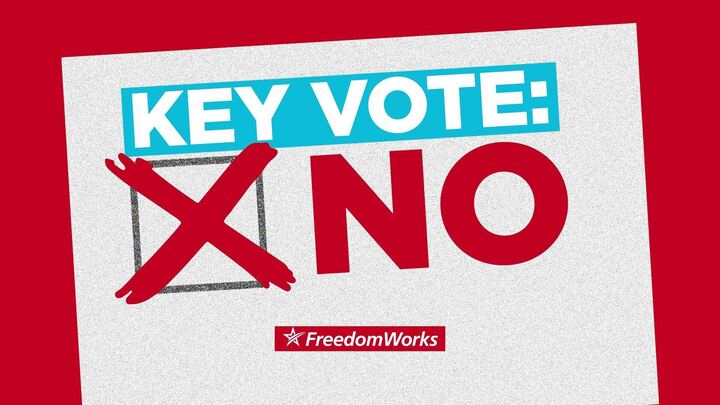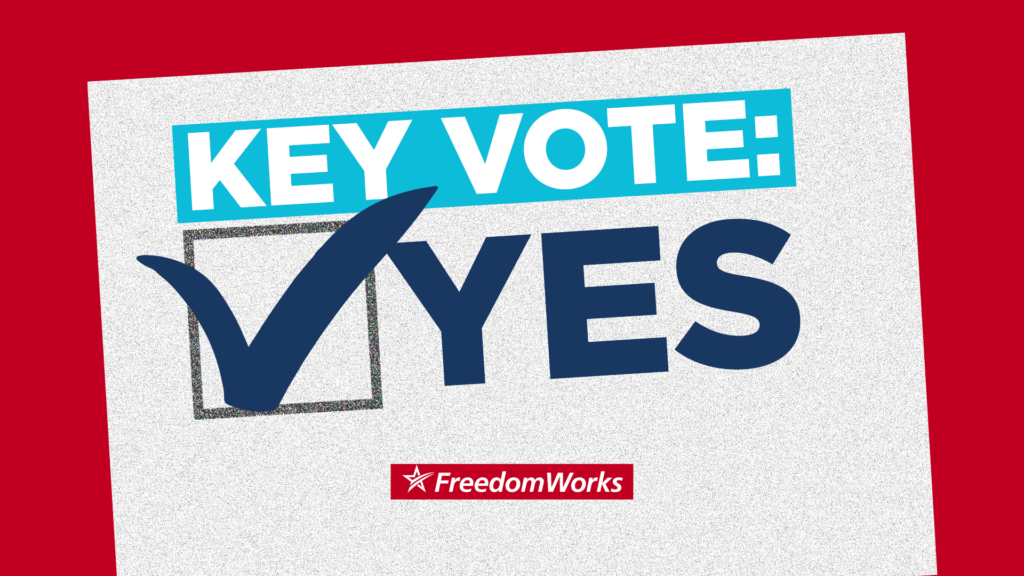Everywhere a Student Happens to Be Standing Is a “Free Speech Zone”
Free speech on college campuses has become a significant issue. From the riots at Berkeley over Milo Yiannopoulos, to the use of harassment of Charles Murray at Middlebury College, there have been cases of individuals being silenced to stop them from speaking their thoughts on various issues. However, one pressing issue has been administrative support to silence dissent and prevent opposing viewpoints from being heard. This flies in the face of actually learning, of which colleges are supposed to be a bastion.
In response, congress is stepping up to defend the First Amendment on campus. Rep. Phil Roe (R-Tenn.) recently introduced H.Res. 307, a resolution that would ban “Free Speech Zones” on campuses from public universities, making a national version of laws already in force in Arizona, Colorado, Kentucky, Missouri, Utah, and Virginia. Such a move would allow for a greater presentation of ideas on campus and a greater enforcement of the first amendment.
They may be called “Free Speech Zones,” but the name is incredibly misleading. Basically, they work in the opposite direction where certain areas on a college campus are where people can speak freely, but they are banned from speaking everywhere else. Plenty of other restrictions exist as to speaking everywhere else on campus so the failure to follow the first amendment is obvious.
The potential, and inevitable, abuse of the use of free speech zones is obvious. Limits are therefore put on where individuals can speak which prevents them from protesting where it could be seen or relevant to events going on the campus. They can also be far too small for the number of protesters on a given campus. There are other requirements meanwhile that can cause a problem with protesting such as advance permitting (that can go up to ten days in advance).
Of course, potential is not something that needs to be worried about when several cases have already come up. At Clemson University, a man was evicted from the campus for praying with students in an area that was not designated as a “Free Speech Zone.” In another case, a student was prohibited from distributing pamphlet INSIDE one of those zones. So overall, they are overly burdensome and have caused violations of the first amendment.
Free speech has been upheld repeatedly as a guaranteed right on campus. The Supreme Court has ruled in Healy v. James (1972), where it held that the First Amendment applies on any public college and university campuses and Widmar v. Vincent (1981), where it stated that “the campus of a public university, at least for its students, possesses many of the characteristics of a public forum.”
There have been other cases where “Free Speech Zones” have been ruled unconstitutional such as University of Cincinnati Chapter of Young Americans for Liberty v. Williams (2012) and Roberts v. Haragan (2004). Overall, “Free Speech Zones” have repeatedly been found to be a violation of free speech. For this reason, this resolution will help defend the first amendment and return freedom of speech to college campuses.



